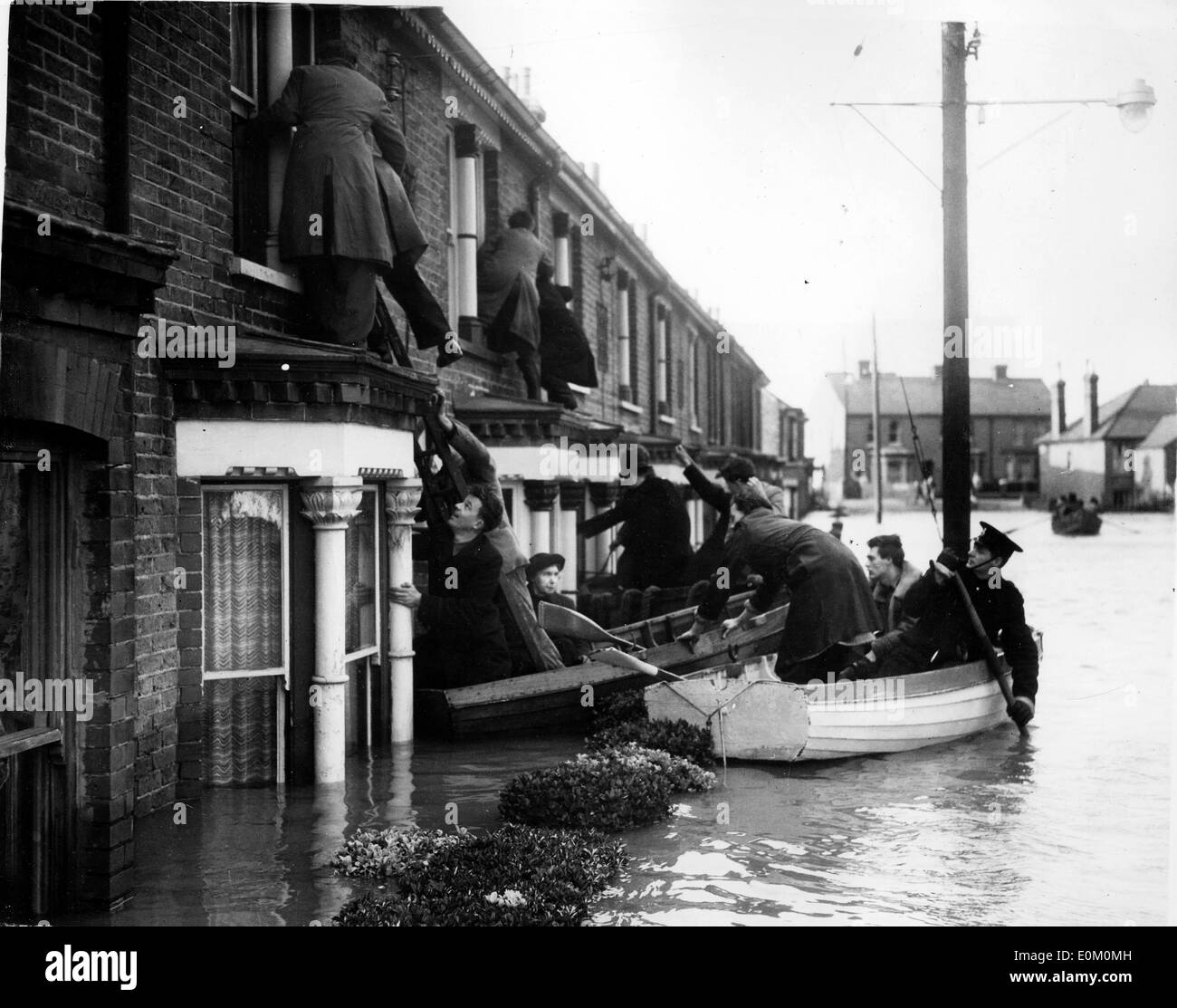
The BNO immigration route was open to anyone born before 1 July 1997, when Hong Kong was handed over from British to Chinese rule, who had registered for BNO status, along with their partner or spouse and eligible dependents. Lawson, along with more than 100 other Hongkongers now fearing deportation from the UK, was not among that historic cohort. By December 2022, 105,200 had arrived, one of the biggest waves of non-EU migration to the UK in postwar history.Īn asylum seeker sits in the garden of a Hongkonger-hosted safe house in London, October 2021.

Within a year of the scheme being launched, there were more than 100,000 applications. The UK offer was this: anyone with British national (overseas) (BNO) status, and their dependents, could come to live, study and work in the UK. We will live up to our historic responsibility to its people,” he said. “We have been clear we won’t look the other way when it comes to Hong Kong. Dominic Raab, then the UK’s foreign secretary, said the national security law breached international law, and that the UK was opening its doors to those who wanted to flee.

I n early 2021, as the Hong Kong authorities were closing in on anyone who dared criticise them, their counterparts in the UK were preparing to offer those critics a way out. And 13 Hongkongers were either deported or left the UK voluntarily after being rejected for asylum in 20. He is now one of the growing number of Hongkongers left in limbo in the UK, fearing deportation back to the persecution from which they escaped, after claiming asylum in a system where the average wait for a decision is more than a year.Īs of December 2022, there were 160 Hongkongers in the UK awaiting decisions on their asylum applications, more than double the number in December 2020.

Lawson saw the writing on the wall, and a friend bought him a plane ticket to London.

People hold a banner in a human chain in London, to protest against political oppression in Hong Kong, January 2022.


 0 kommentar(er)
0 kommentar(er)
